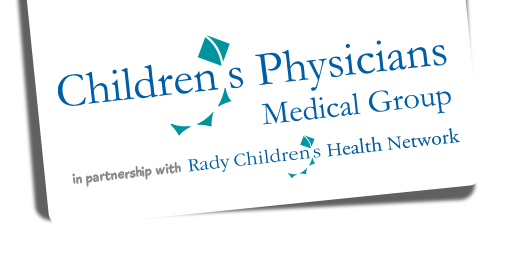
Every weekday during lunch time, I scurry out of my clinic and head towards the doctor’s lounge because the food is free (even though most of the time I am not sure what it is)! But more appealing than the costless lunch are the conversations that I have in that lounge with other physicians from the hospital. Being a pediatrician, I am more inclined to pay closer attention to stories about their children. One surprising thing I commonly hear is, “I would never let my kid go into medicine!”
Medicine has become a tough field to work within; and this is affecting doctors. A quick search of medical blogs on the internet brings up so many negative articles about the practice of medicine in the USA. Some studies show the physician burnout rate in 2015 to be as high as 46%. I have been a pediatrician for 5 years now and I’m saddened to say that I grasp why this is happening. Seeing a healthy child get sick is gut wrenching, but when you add to it the worries of trying to make all your patients happy, as well as perfecting your scheduling, answering your phone calls, worrying a medicine won’t be covered, convincing people that vaccines are life-saving, fighting insurance companies so a patient can see a specialist, getting developmentally delayed children to the proper resources… the list of potential sources of anxiety can become endless.
However, I am not here to write another negative article about medicine or doctoring. Rather, I write to remind myself that there is much good in medicine. We often forget to mention this fact, and we probably should talk about it more. Only brilliant minds can advance the medical field; it is therefore crucial to inspire bright youth to practice medicine by highlighting that there is greener grass to be found beyond the toils of the field.
One day I ran into the aforementioned doctor’s lounge just before my afternoon clinic. There wasn’t much food left, but some chicken tenders were on the table (I think?). Like an 8 year old, I couldn’t resist the over salted, fried chicken. I scooped some in a plastic container, threw some ranch on top, and ran to my office. I finished my meal right on time to see my first patient, so I did my usual routine of knocking on the door and saying “hi,” then washing my hands. At some point during my patient encounter I went to put on my stethoscope and was surprised to see that I had some ranch on my hand. It turned out part of my stethoscope was covered in ranch. Luckily, my patients and their families have come to expect me to be goofy, and somehow forgive me for committing 3rd grade mistakes.
While one might question how this story is related to the positive in medicine, I find the embarrassing tale to drive home a central point. Doctors are just as human as the patients that they treat. Every patient encounter is a two-way relationship. Not only is there a 4-year old child with an earache and a penchant for taking things out of closets, but there is also a 34-year old man with a medical degree who has ranch on his stethoscope. Both parties can learn from this encounter.
My patients and their families challenge me every day to be a better person. I see a mother’s concern for her child, and it makes me want to be more selfless. One of my patients was born with no arms, and I’ve seen him for several years now. Every time he shows up, he is in the happiest mood. He is an inspiration to me, he makes my worries seem small. In this modern age we live in a time where everything is more connected yet less human, but medicine remains unique. For those brief moments between the doctor and patient, we are as human as we can be, there are no cell phones (unless a teenager is looking at Snapchat). There is only face-to-face human interaction, and that is as valuable as anything in this world.
For anyone out there reading these words and contemplating going into the medical field, I offer only this advice. Dealing with something as delicate as health and sickness will never be easy on your soul. Regardless, if you are willing to accept this, medicine offers much room for personal growth. The doctor is as human, as brittle, and as imperfect as the patient, and both parties are provided an opportunity to better these imperfections. We just have to be open to doing so.








Leave a Reply